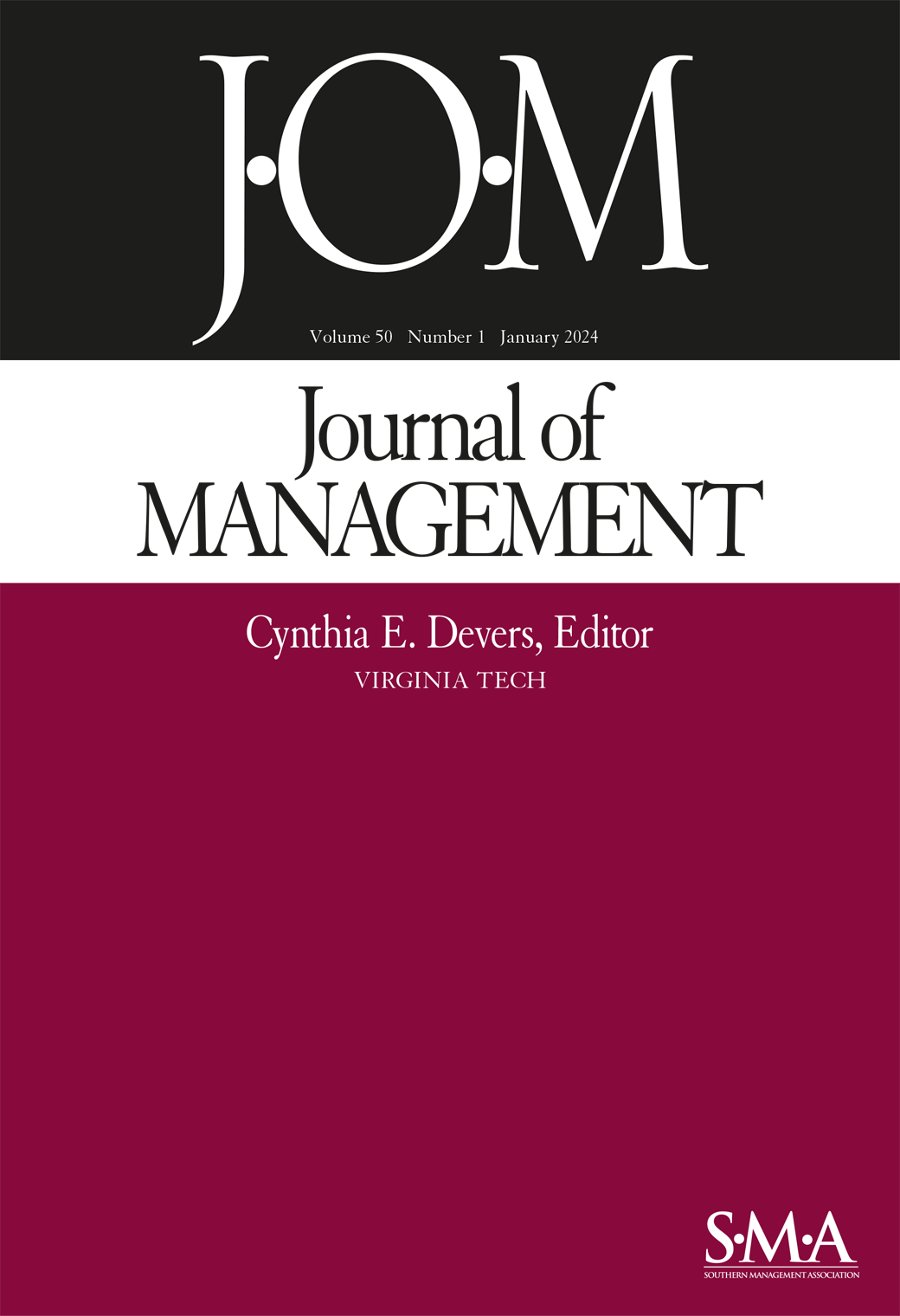旧习难改:威胁-刚性文献回顾与评估
IF 9
1区 管理学
Q1 BUSINESS
引用次数: 0
摘要
威胁-僵化理论自四十多年前提出以来,已成为一种流行的威胁应对管理理论,被广泛应用于各种文献流中。该理论解释了个人、团体和组织在应对威胁时会回到熟悉的应对方式(即僵化),即使这样做可能并不理想。然而,尽管该理论大受欢迎,但其假设和核心论点的忠实性却一直缺失,理论的发展也很有限。随着组织不断面临新的、独特的威胁(如技术进步、经济衰退、供应链中断、全球健康危机),有必要对威胁-僵化理论进行回顾和总结,以推动新知识的发展,更好地理解僵化的条件和适宜性。我们对文献的评估揭示了几个有待解决的空白点,为今后的研究提供了三个主要方向。我们鼓励未来的学者:(a)澄清引发僵化反应的威胁的性质;(b)探索理论的背景因素和边界条件;以及(c)利用先进的方法论来研究不同层次和不同时期的僵化效应和结果。我们为每个建议方向提供了指导和研究问题样本,供学者们在未来完善或加强威胁-僵化理论时使用。本文章由计算机程序翻译,如有差异,请以英文原文为准。
Old Habits Die Hard: A Review and Assessment of the Threat-Rigidity Literature
Since its introduction more than four decades ago, threat-rigidity theory has emerged as a popular managerial theory of threat response used in a wide variety of literature streams. The theory explains that individuals, groups, and organizations revert to familiar responses (i.e., rigidity) in navigating threats, even when doing so may not be ideal. Yet, despite its popularity, fidelity to the theory’s assumptions and core arguments have been missing, and development of the theory has been limited. As organizations continue facing new and unique threats (e.g., advancing technologies, economic downturns, supply chain disruptions, global health crises), a review and synthesis of threat-rigidity theory is necessary to drive new knowledge and allow for better understanding of the conditions around and appropriateness of rigidity. Our assessment of the literature reveals several gaps to address, which inform three primary directions for future research. We encourage future scholars to (a) clarify the nature of threats that elicit rigid responses, (b) explore the contextual factors and boundary conditions of the theory, and (c) utilize advanced methodological approaches to examine rigidity effects and outcomes across levels and over time. We provide guidance and sample research questions in each of the proposed directions for scholars to use in future efforts to refine or enhance threat-rigidity theory.
求助全文
通过发布文献求助,成功后即可免费获取论文全文。
去求助
来源期刊

Journal of Management
Multiple-
CiteScore
22.40
自引率
5.20%
发文量
0
期刊介绍:
The Journal of Management (JOM) aims to publish rigorous empirical and theoretical research articles that significantly contribute to the field of management. It is particularly interested in papers that have a strong impact on the overall management discipline. JOM also encourages the submission of novel ideas and fresh perspectives on existing research.
The journal covers a wide range of areas, including business strategy and policy, organizational behavior, human resource management, organizational theory, entrepreneurship, and research methods. It provides a platform for scholars to present their work on these topics and fosters intellectual discussion and exchange in these areas.
 求助内容:
求助内容: 应助结果提醒方式:
应助结果提醒方式:


